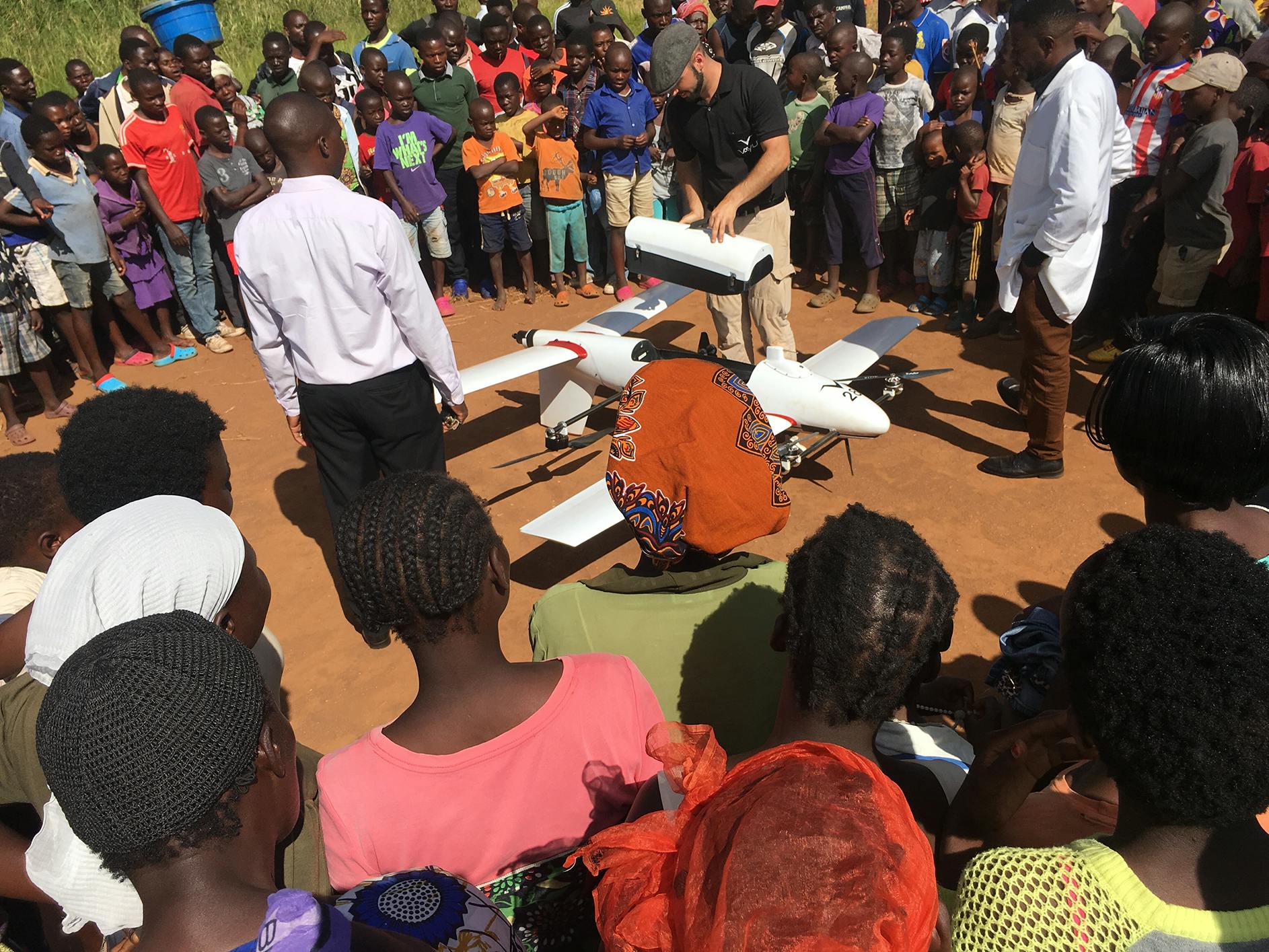IN THE DEVELOPING WORLD, THE vast majority of drugs, vaccines, blood, and other medical supplies are transported by cars and trucks, motorbikes, bicycles, or by simply walking. Trips can take hours just to cover a relatively short distance, and nothing is ever certain when it comes to weather, road conditions, or vehicle repair. The World Bank estimates that over one billion people globally do not have year-round access to passable roadways. Civil conflicts, natural disasters, and rainy seasons are just some of the many causes of inaccessible living. As a result, medical supplies and vaccines do not always get to remote areas on any kind of reliable schedule.
Delivering critical supplies over the “last mile” to their destination is often the most difficult and expensive segment of transportation. Even in areas with highly developed infrastructure, this final leg can account for over a quarter of overall transport costs. Where local conditions make the “last mile” more perilous or impractical, costs to transport life-saving supplies can become prohibitive, with potentially lethal results for those in need.
Unmanned aerial vehicles (UAVs) may be able to address some of these problems. American startup Vayu has designed a drone that combines the stronger hauling and long-distance capacities of a larger UAV with the vertical takeoff and landing ability of a smaller drone. The drone features helicopter-style rotors that are attached to airplane-style wings.
This flexibility is critical, since clinics in remote areas often have limited runway space for landings. Vayu founder Daniel Pepper says his company’s aircraft “can carry 2 kilograms of medical supplies about 60 kilometers on a single charge.”
The Vayu drones are being tested in Peru as well as Madagascar, with plans to open up more areas as results and refinements indicate. With luck, delivering medical supplies over that last mile will soon become a great deal easier and cheaper.











